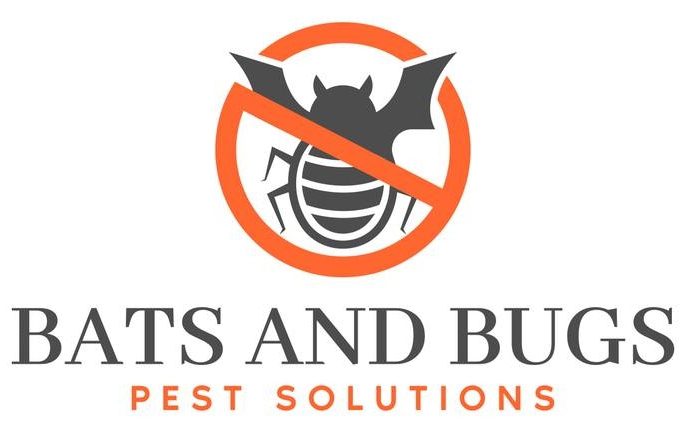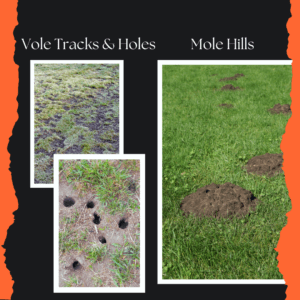How to identify your unwanted lawn guest in Des Moines, IA
Introduction
Have you noticed small mounds of dirt popping up in your lawn or scattered holes in your yard? Have you observed unusual plant decay in your garden? If so, you could be dealing with one of several types of rodents that inhabit Urbandale, Johnston, and other areas in the Des Moines, IA region. Moles and voles are common culprits found in the yards of local homeowners, and while they are active year-round, spring and fall are the prime times to address their activity. If you’re seeking guidance on how to prevent these burrowing rodents from making homes out of your yard, read on for expert advice from the trusted team at Bats and Bugs Pest Solutions.
Is That a Mole or a Vole?
The first step in addressing your rodent issue is identifying the culprit. Moles and voles leave distinct signs of their presence in your yard. Moles are known for their lawn-damaging handiwork, creating mounds or “molehills” as they burrow near the soil’s surface. Voles, on the other hand, typically make shallow tunnels on the surface and may begin eating through grass to reach their burrows. Understanding these differences can help you determine the best course of action to take.
How Are Moles and Voles Different?
While moles and voles share some similarities as burrowing rodents, they are very different in what they eat and how they burrow. Moles are carnivores, primarily feeding on worms, grubs, and insects, while voles are herbivores, consuming various plant materials. Additionally, moles are known for their efficient digging abilities, creating elaborate burrows to locate food, whereas voles are smaller in size and often seen at the surface. Recognizing these differences can help you identify and address your rodent problem. You can also contact us, and we’re more than happy to take a look, especially if you have pets in your yard, as you may want to address this issue before they decide to address it for you.
Make Your Yard Less Attractive
The good news is that making your yard less attractive to moles and voles is the opposite of what we humans consider an attractive yard. Controlling the factors that attract moles and voles to your yard is essential for long-term prevention:
- You will need to control a potential grub issue for moles. We recommend using beneficial nematodes or milky spores to kill grubs. If you want faster results, use an insecticide instead. Eliminating the grubs and other insects, moles feed on in your yard makes the habitat less attractive for moles.
- Install gopher wire or gopher baskets under the lawn and around newly planted landscaping items to keep moles from digging through moist soil surrounding the roots. Both moles and voles like moist soil, but as herbivores, this barrier is especially important to keep voles out of a garden. A fence that is buried 3 to 6 inches below ground and then up to 12 inches above ground is one way to protect your plants.
- Both moles and voles are not fans of a regularly mowed lawn. Pruning shrubs and bushes and reducing the mulch around your garden and yard eliminate places for them to hide out. If Voles keep turning up in your yard and you have bird feeders you might have to remove feeders as the fallen seed will attract voles.
Eliminating their food sources, creating dig-proof barriers, and maintaining a well-groomed lawn are key strategies to consider. Additionally, hiring a pest control expert like Bats and Bugs Pest Solutions can provide targeted solutions and future prevention measures to keep your yard free from unwanted intruders.
Don’t let underground invaders disrupt the beauty of your yard. With proper identification and proactive measures, you can effectively manage mole and vole activity and maintain a healthy outdoor space for years to come.


